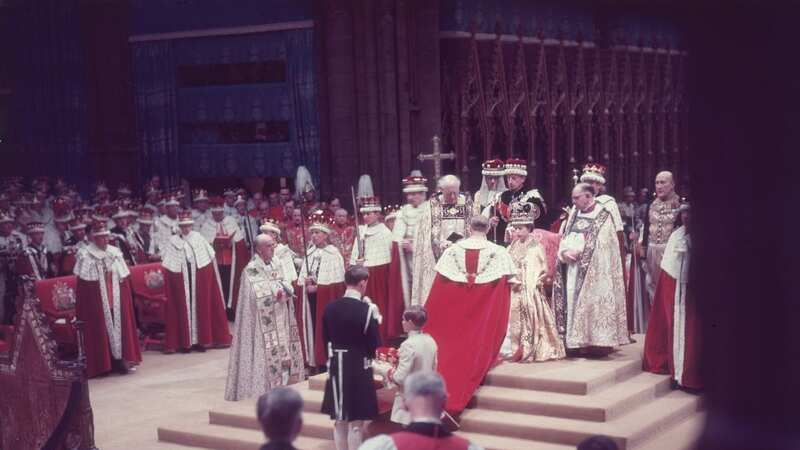Coronation robes banned by King Charles, with peers told to wear business suits

More than 500 years of tradition have been cast aside for the historic coronation of King Charles with robes now set to be banned.
The new monarch has decided to jettison the tradition by telling peers to leave their lavish coronation robes and coronets at home and come dressed in what amounts to a business suit.
But the rule has attracted ire from some.
The robes and coronets that have been worn to many coronations across the last few centuries, denote rankings in the British peerage and date back to the 15th century, before they were standardised in the 17th century.
But Charles, with advice from the Government, wants the toned-down dress code to align with his desire for a more pared back ceremony amidst the cost of living crisis currently gripping the country.
 Archie and Lilibet's titles 'need to be earned' by Harry and Meghan, says source
Archie and Lilibet's titles 'need to be earned' by Harry and Meghan, says source
 The Royal Family photographed at Buckingham Palace after the Coronation of Queen Elizabeth in 1953 (UIG via Getty Images)
The Royal Family photographed at Buckingham Palace after the Coronation of Queen Elizabeth in 1953 (UIG via Getty Images)“I’m very sorry about the decision that has been made,” one hereditary peer told the Telegraph. “Our robes go back to the 19th century and I would have been the fifth generation to wear them. It’s very sad.”
The floor-length, flowing robes are made of crimson velvet, trimmed and lined with white ermine, while the coronets are silver-gilt circlets, with an ermine band around the base, a crimson silk Genoa velvet lining and a gold tassel.
They were a colourful part of Queen Elizabeth’s coronation in 1953, but are all but set to be absent on May 6 when the world be watching as Charles officially becomes the new king.
Some crimson robes will allowed to be donned by sitting members of the House of Lords, but these are parliamentary cloaks, traditionally worn at the State opening of Parliament every year.
Less lavish than coronation robes, they do not include coronets, swords, court shoes, breeches or an under-jacket.
There are a few exceptions to the ruling, with senior peers involved in ceremonial roles in the service allowed to wear their coronation robes, but very few peers have actually been invited to attend, with a guest list of around 2,000, which is more than 6,000 down on Queen Elizabeth II’s coronation 70 years ago.
The robes vary depending on the rank of the wearer in the British peerage system – in order, it goes: baron, viscount, earl, marquess, duke. A duke’s circlet has eight gold strawberry leaves, through to a baron’s, which has six silver balls.
The fur collars also vary, with different black spot patterns on the ermine to signify rank.
Viscount Torrington, joint chairman of the Hereditary Peerage Association, who has not been invited to the Coronation, said: “It’’s a great shame. Ironically the coronation robes are in a way less gaudy than the parliamentary robes, and I thought the idea was to make the ceremony less gaudy, so coronation robes might have been better.”
READ NEXT:
 Protesters planned to kidnap King Charles waxwork and hold it hostage
Protesters planned to kidnap King Charles waxwork and hold it hostage
Read more similar news:
Comments:
comments powered by Disqus

































